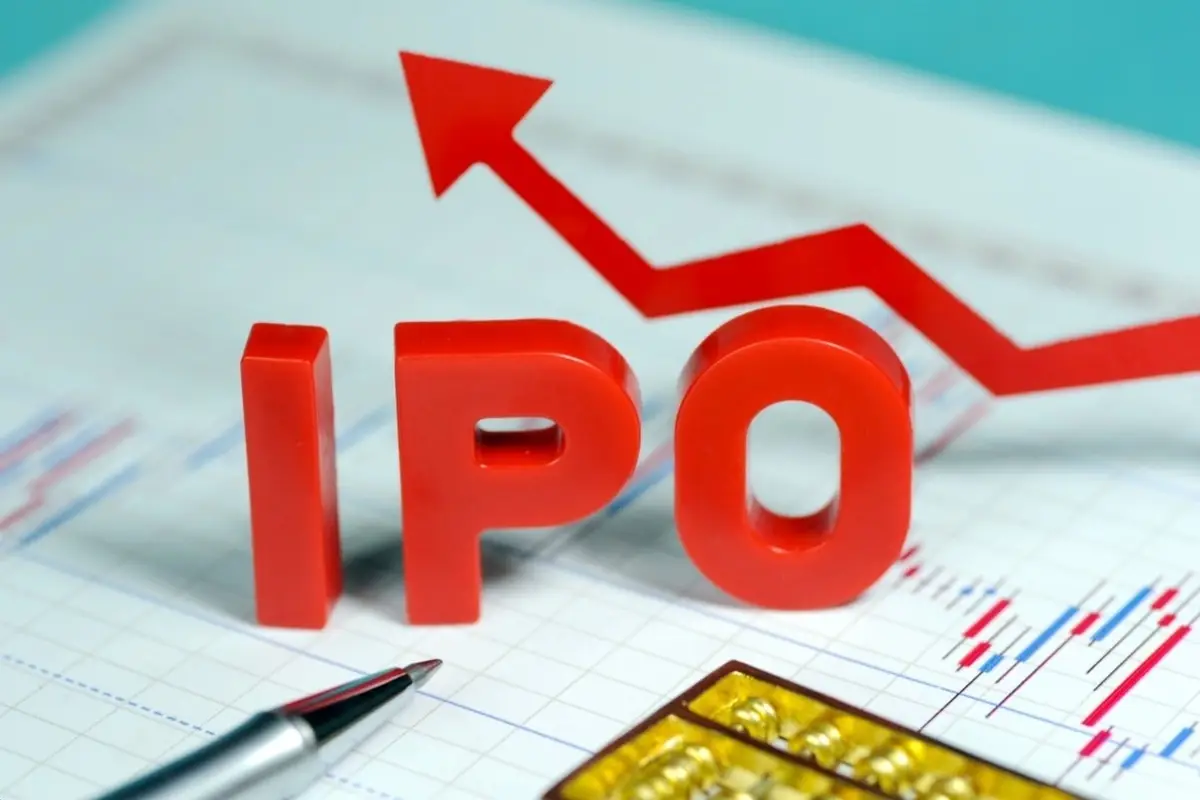Charts are at their peak, analysts are excited, exchanges are glowing green. Pre-IPO is often perceived as a closed club for the chosen few. But behind this facade lie not privileges, but real risks of investing in pre-IPO. And they are much more serious than they may seem at first glance.
Pre-IPO — no guarantee of success
What is pre-IPO? This is the stage before the official listing of shares on the exchange. The company raises capital from a limited circle of investors by offering discounted shares.
⠀
But a discount does not guarantee profitability. In 2021, Silicon Valley startups lost over 60% of their value within the first 6 months after the IPO. Many of them conducted a preliminary public offering at an inflated valuation, failing the real market test.
Hype does not mean a reliable forecast
Hype in the IPO market often creates false confidence. An example is WeWork. Before the IPO, the company was valued at $47 billion, but a year later it was barely worth $8 billion.
The reason is inflated expectations not supported by financial indicators. Such scenarios make the risks of investing in pre-IPO critical even for experienced capital.
Entry barriers: why not everyone makes it
A high entry threshold is not just a number with six zeros. Many pre-IPOs require minimum investments of $100,000. This automatically limits the circle of participants and creates a sense of “elitism” that masks the risks of investing in pre-IPO.
Here you can’t just “exit to the market” — deals often have a closed nature, without the possibility of instant liquidity.
Liquidity: lower than in the antiques market
Low liquidity is a standard problem for all closed rounds. In the secondary pre-IPO market, it is difficult to find a buyer until the company goes public.
For example, Palantir shares were sold on closed platforms before listing on the NYSE. But the price in the secondary market did not reflect real demand, creating a valuation distortion. This undervaluation or overvaluation turns into significant risks of investing in pre-IPO.
Bankruptcy scenario: not uncommon, but part of the game
The risk of a company going bankrupt before the IPO remains extremely high. Private companies are not required to disclose detailed financial reports. According to CB Insights, 70% of startups go bankrupt between rounds B and D. This is precisely the period when the preliminary public offering takes place.
In this case, the investor loses everything — with no possibility of return. Cases like Theranos or Quibi vividly demonstrate how quickly capital can be wiped out.
Dilution: when ownership does not equal control
Dilution of shareholders often accompanies the IPO. Before listing, a company may conduct additional financing rounds, as a result of which early investors lose a significant portion of their influence.
Uber is a vivid example. Before going public, the company held several financing rounds. Each time, new shares were issued. As a result, the stakes of early investors decreased. Expectations did not match reality. Again — this is a direct continuation of the risks of investing in pre-IPO.
How to minimize risks: specificity over emotions
Preventing losses is helped not by belief in the charisma of the founder, but by a cold analysis. The following measures can be highlighted.
Strategies to minimize risks of investing in pre-IPO:
- Thorough financial statement analysis — document request, audit, debt check, burn rate.
- Evaluation of the business model — viability without external financing.
- Legal check — presence of patents, legal disputes, corporate structure.
- Market research — real competitors, volume, entry barriers.
- Exit strategy — possibility of selling shares in the secondary market.
- Diversification — investments not exceeding 10% of the portfolio in one asset.
- Transparency of the deal structure — absence of hidden conditions and encumbrances.
Each of these points directly reduces the risks of investing in pre-IPO, turning an adventure into a managed strategy.
Investor advice: when to consider and when to avoid
Not every pre-IPO is worth attention. Experienced investors prefer companies with stable financial flows and a history of growth.
Investing in startups without operational profit but with flashy presentations is a trap. An example is Juicero. The company raised $120 million before the IPO, but the market did not accept the idea of a “smart juicer.”
Advice cannot replace actions, but knowledge filters out noise. Strategy + facts = reduction of risks of investing in pre-IPO.
Pre-IPO is not a lottery, but a chess game
At first glance, it’s a quick entry into the future of a “unicorn.” In reality, it’s a complex positioning of pieces, where one wrong move nullifies the position. Without open reporting, it’s difficult to understand the real state of the company. Securities cannot be quickly sold. Exiting the deal is limited. In such conditions, the risks of investing in pre-IPO significantly increase. It is important to act strategically and carefully scrutinize the business.
Formal documents, a beautiful presentation, and prominent names on the board of directors do not replace operational metrics. The main thing is numbers. Indicators like CAC and LTV reflect the efficiency of working with customers. Revenue growth and audience expansion help assess dynamics. These figures provide an objective view of the business. These data are more important than any marketing presentations.
Psychology and time pressure
Pressure tools in pre-IPO are used consciously. Phrases like “the window closes in a week,” “only 2 spots left in the pool” are common in negotiations. Behind them is emotional blackmail.
Major players do not rush. Funds like Tiger Global, Accel, and Sequoia do not hurry with investments. First, they thoroughly study the company. They check resilience to risks and behavior in the market. Only then do they enter the capital. The risks of investing in pre-IPO decrease not by speed but by the level of preparation and the ability to ignore emotional triggers.
Closed rounds are organized through SPVs (Special Purpose Vehicles) or directly. Conditions depend on jurisdiction, shareholder agreements, the possibility of selling shares before the IPO.
Investors must check:
- the presence of drag-along and tag-along rights;
- the possibility of converting shares into stocks at the IPO;
- restrictions on resale before going public.
Any violation of conditions can turn investments into a frozen asset with no way out. Platforms like Carta or EquityZen allow resale but at a discount and with restrictions. This makes the risks of investing in pre-IPO even higher. Especially for private investors who lack legal support and experience in complex deals.
Conclusion
A reasonable pre-IPO deal is the result of analysis, not luck. Only numbers, audits, and cold calculation form the basis for entering an asset before the IPO.
⠀
Past mistakes (Theranos, Luckin Coffee, Nikola) have become lessons in negligence. In each case — overvaluation, fictitious reports, lack of verification. The risks of investing in pre-IPO have manifested in their maximum form — complete capital loss.
 en
en  ru
ru  de
de  ar
ar  es
es  nl
nl  hi
hi  fr
fr  it
it  pt
pt  el
el 





